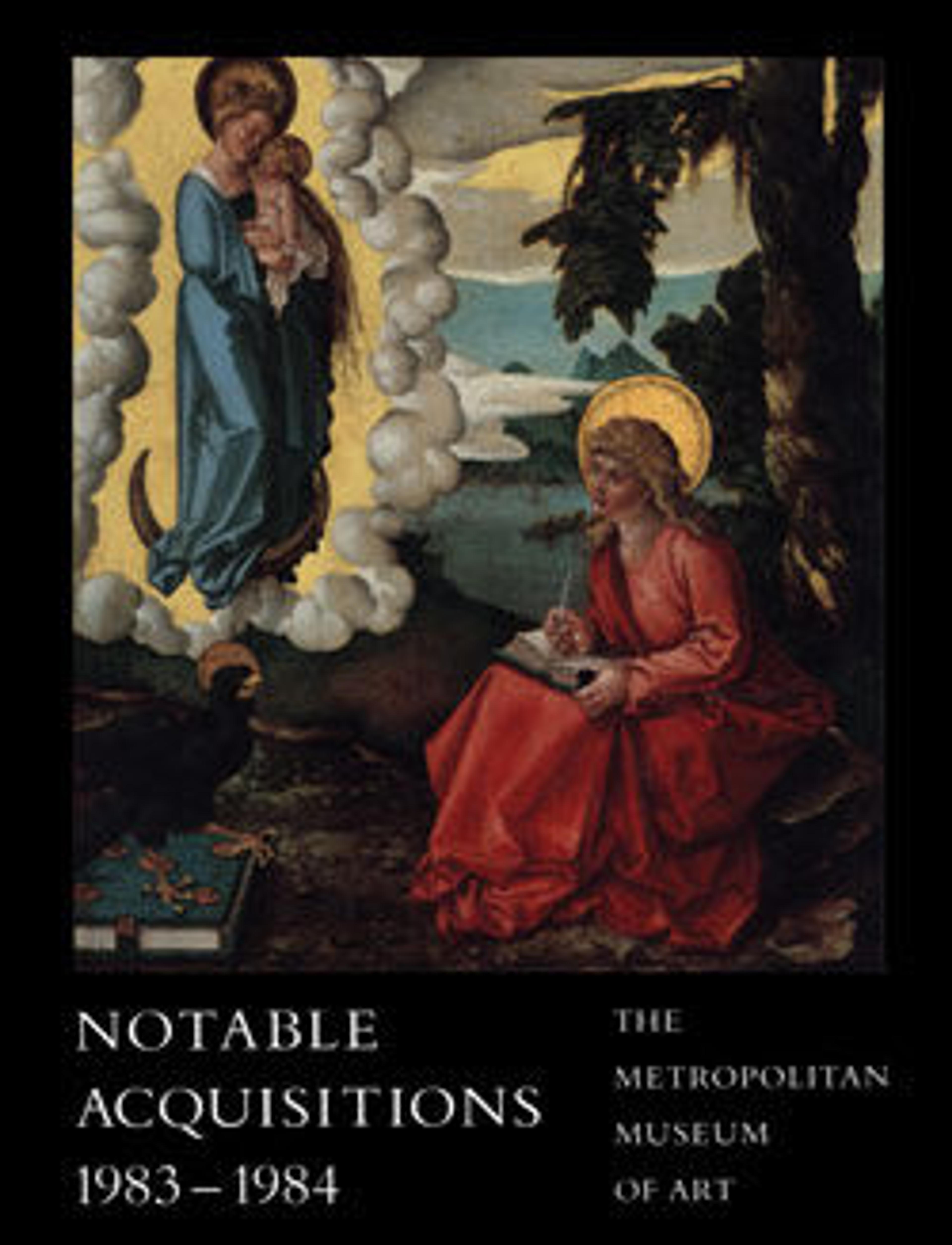Recerca di Volumi di un Edificio Isolato [Exploration of Volumes in a Free-Standing Building]
Futurism was primarily concerned with images of speed and motion, which were intended to represent the spirit of the modern age. Although the greatest expression of Futurism is found in the medium of painting, there were some sculptural pieces executed as well, most notably by Umberto Boccioni. Architecture, a later focus for the movement, provided another three-dimensional forum for Futurist ideas about dynamism. The resulting schemes were visionary imaginings that were difficult to translate into actual structures and so remained, for the most part, studies on paper.
In its upwardly spiraling movement, this drawing by Virgilio Marchi typifies Futurist architectural design. It is one of several renderings made by Marchi in 1919 and 1920 for an ideal contemporary city that was never erected. His plans indicated the preoccupation of the period with technological advances in transportation and construction. The building in the present study resembles a cone–round at the bottom, pointed at the top. There are tunneled areas and open archways below, with stairs leading to various flat levels. The two towers that rise from the center are openly constructed with stairs and columns. A spotlight is perched on a beam that extends from the peak of the left tower. The sweeping curves and strong, linear slashes of this beautiful drawing are reminiscent of Giacomo Balla's earlier painted imagery.
Marchi produced his mature work after World War I, when the major proponents of the original Futurist movement were either dead or experimenting in different directions. He was part of the group of artists in Rome affiliated with Enrico Prampolini's review Noi. His designs followed closely the Futurist principles of architecture that had been spelled out by Antonio Sant'Elia in 1914, ideas that Marchi reiterated in 1920 in his own "Manifesto of Futurist Architecture."
In its upwardly spiraling movement, this drawing by Virgilio Marchi typifies Futurist architectural design. It is one of several renderings made by Marchi in 1919 and 1920 for an ideal contemporary city that was never erected. His plans indicated the preoccupation of the period with technological advances in transportation and construction. The building in the present study resembles a cone–round at the bottom, pointed at the top. There are tunneled areas and open archways below, with stairs leading to various flat levels. The two towers that rise from the center are openly constructed with stairs and columns. A spotlight is perched on a beam that extends from the peak of the left tower. The sweeping curves and strong, linear slashes of this beautiful drawing are reminiscent of Giacomo Balla's earlier painted imagery.
Marchi produced his mature work after World War I, when the major proponents of the original Futurist movement were either dead or experimenting in different directions. He was part of the group of artists in Rome affiliated with Enrico Prampolini's review Noi. His designs followed closely the Futurist principles of architecture that had been spelled out by Antonio Sant'Elia in 1914, ideas that Marchi reiterated in 1920 in his own "Manifesto of Futurist Architecture."
Artwork Details
- Title:Recerca di Volumi di un Edificio Isolato [Exploration of Volumes in a Free-Standing Building]
- Artist:Virgilio Marchi (Italian, 1895–1960)
- Date:ca. 1919
- Medium:Watercolor and graphite
- Dimensions:Sheet: 15 1/4 x 22 1/8 in. (38.7 x 56.2 cm)
- Classifications:Drawings, Ornament & Architecture
- Credit Line:Purchase, Lita Annenberg Hazen Charitable Trust Gift, 1984
- Object Number:1984.91
- Curatorial Department: Drawings and Prints
More Artwork
Research Resources
The Met provides unparalleled resources for research and welcomes an international community of students and scholars. The Met's Open Access API is where creators and researchers can connect to the The Met collection. Open Access data and public domain images are available for unrestricted commercial and noncommercial use without permission or fee.
To request images under copyright and other restrictions, please use this Image Request form.
Feedback
We continue to research and examine historical and cultural context for objects in The Met collection. If you have comments or questions about this object record, please contact us using the form below. The Museum looks forward to receiving your comments.
